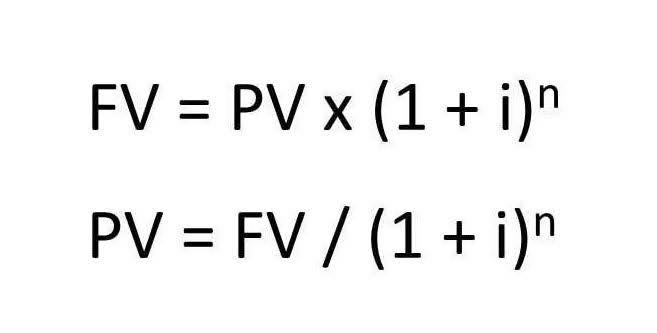
Shareholders’ equity calculations and determination is based on the balance sheet figures of total assets and total liabilities. In a balance sheet, shareholders’ equity is always equal to the difference between the total assets and the total liabilities. Important ratios that use information from a balance sheet can be categorized as liquidity ratios, solvency ratios, financial strength ratios, and activity ratios. Liquidity and solvency ratios show how well a company can pay off its debts and obligations with existing assets.

Preferred equity, on the other hand, represents a special class of shares that have priority over common equity when it comes to dividends and asset distributions. It is important total equity formula for investors to understand the different types of equity and their rights and privileges. The balance sheet is a very important financial statement for many reasons.
Definition of Total Equity
Regardless of the size of a company or industry in which it operates, there are many benefits of reading, analyzing, and understanding its balance sheet. It can be sold at a later date to raise cash or reserved to repel a hostile takeover. Some liabilities are considered off the balance sheet, meaning they do not appear on the balance sheet. Note that in our model, the “Total Assets” and “Total Liabilities” line items include the values of the “Total Current Assets” and “Total Current Liabilities”, respectively.
Shareholders’ equity refers to the owners’ claim on the assets of a company after debts have been settled. The first is the money invested in the company through common or preferred shares and other investments made after the initial payment. The second is the retained earnings, which includes net earnings that have not been distributed to shareholders over the years. The equity of a company is the net difference between a company’s total assets and its total liabilities.
How Do You Calculate a Company’s Equity?
Equity can be found on a company’s balance sheet and is one of the most common pieces of data employed by analysts to assess a company’s financial health. The balance sheet is one of the vital financial statements required to make appropriate and sound financial choices. In this article, you will get to know the importance of a balance sheet and total equity for your business. For a balance sheet, using financial ratios can deliver a good sense of the company’s financial situation, along with its operative efficiency. In addition, equity is the amount of money firstly capitalized into the business plus any retained incomes.

Next, the “Retained Earnings” are the accumulated net profits (i.e. the “bottom line”) that the company holds onto as opposed to paying dividends to shareholders. Stockholders’ equity is also referred to as shareholders’ or owners’ equity. Transactions https://www.bookstime.com/ that involve stockholders are primarily the distribution of dividends and the sale or repurchase of the company’s stock. Let’s take a quick look at typical classes of stock ownership and their relevance to equity in a corporate setting.
Where to Find Data for Company Equity
Equity, as we have seen, has various meanings but usually represents ownership in an asset or a company, such as stockholders owning equity in a company. ROE is a financial metric that measures how much profit is generated from a company’s shareholder equity. Another example is a business that owns land worth $40,000, equipment worth $15,000, and cash totaling $10,000. If the business owes $10,000 to the bank and also has $5,000 in credit card debt, its total liabilities would be $15,000. The amounts for liabilities and assets can be found within your equity accounts on a balance sheet—liabilities and owner’s equity are usually found on the right side, and assets are found on the left side.
If a company’s assets are worth more than its liabilities, the result is positive net equity. If liabilities are larger than total net assets, then shareholders’ equity will be negative. In order for the balance sheet to balance, total assets on one side have to equal total liabilities plus shareholders’ equity on the other side.
